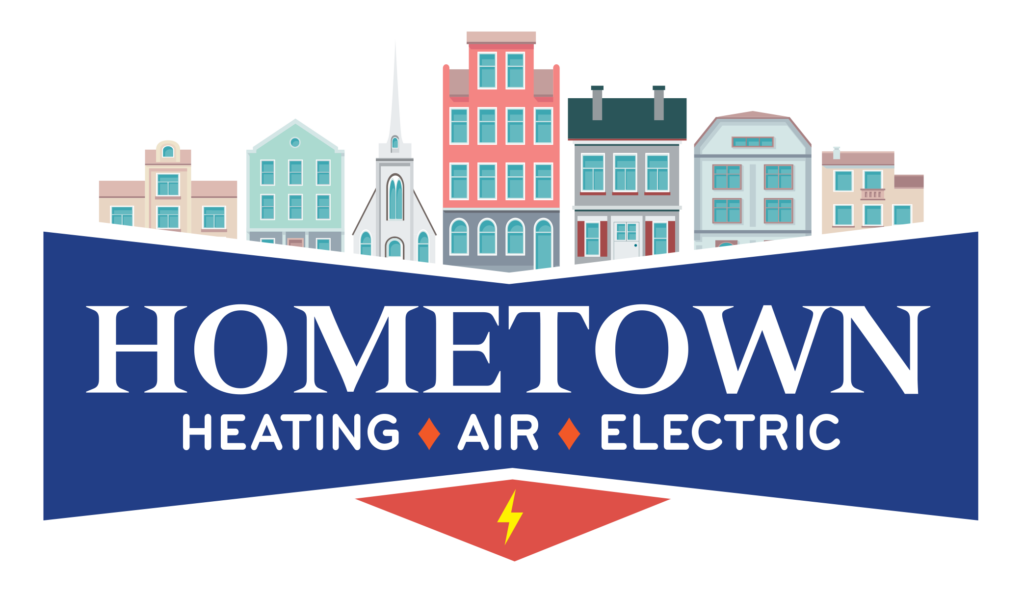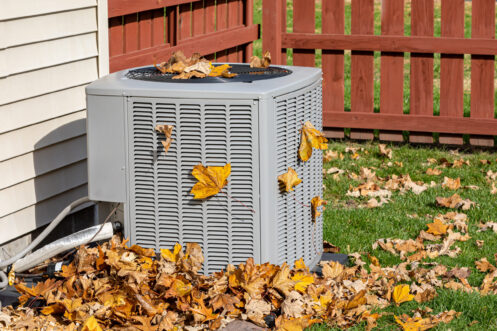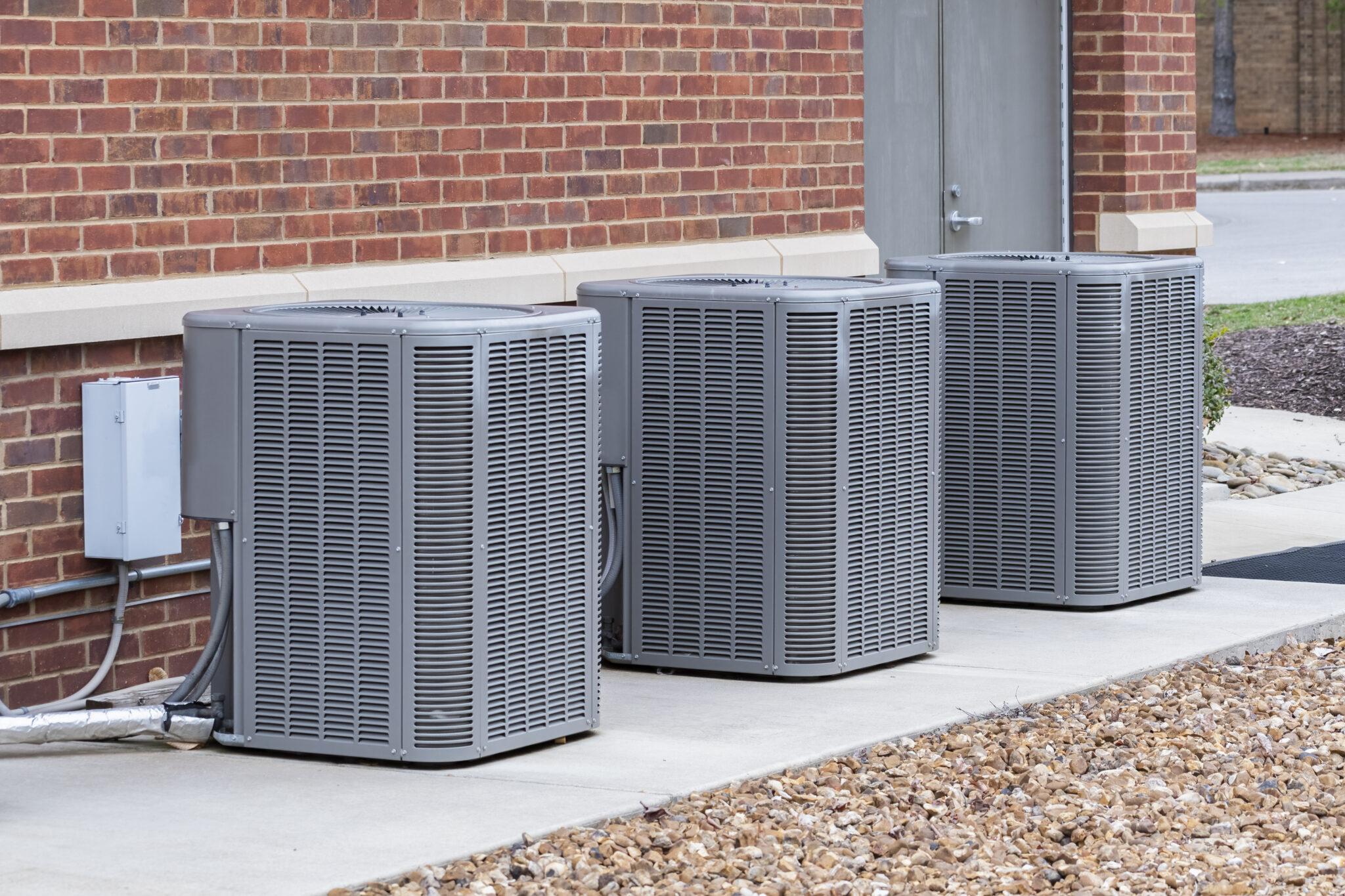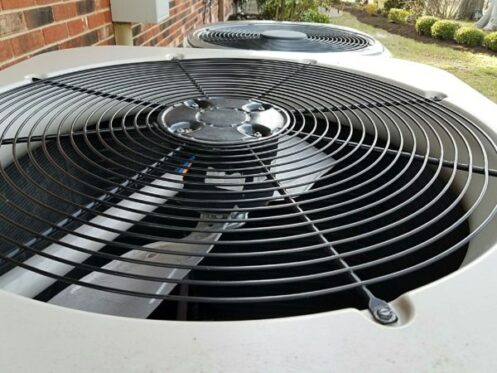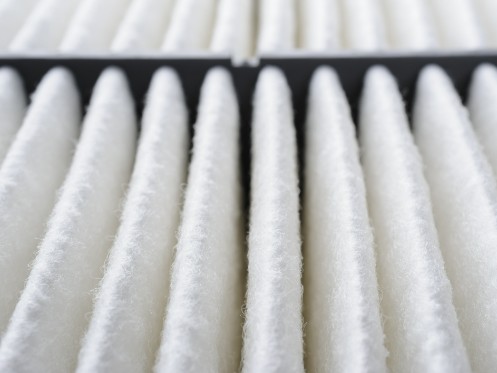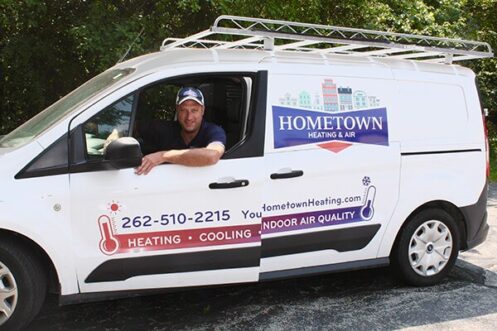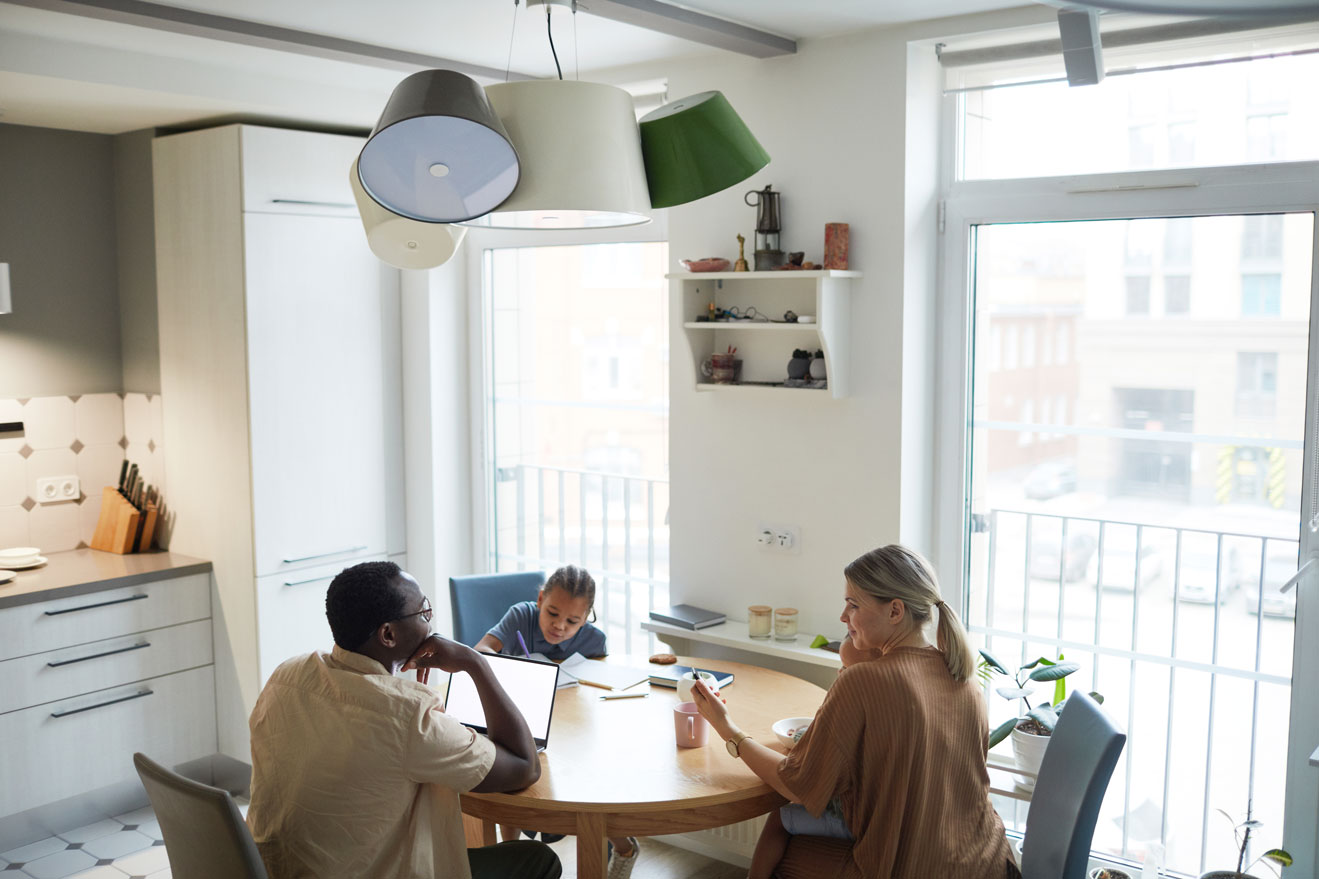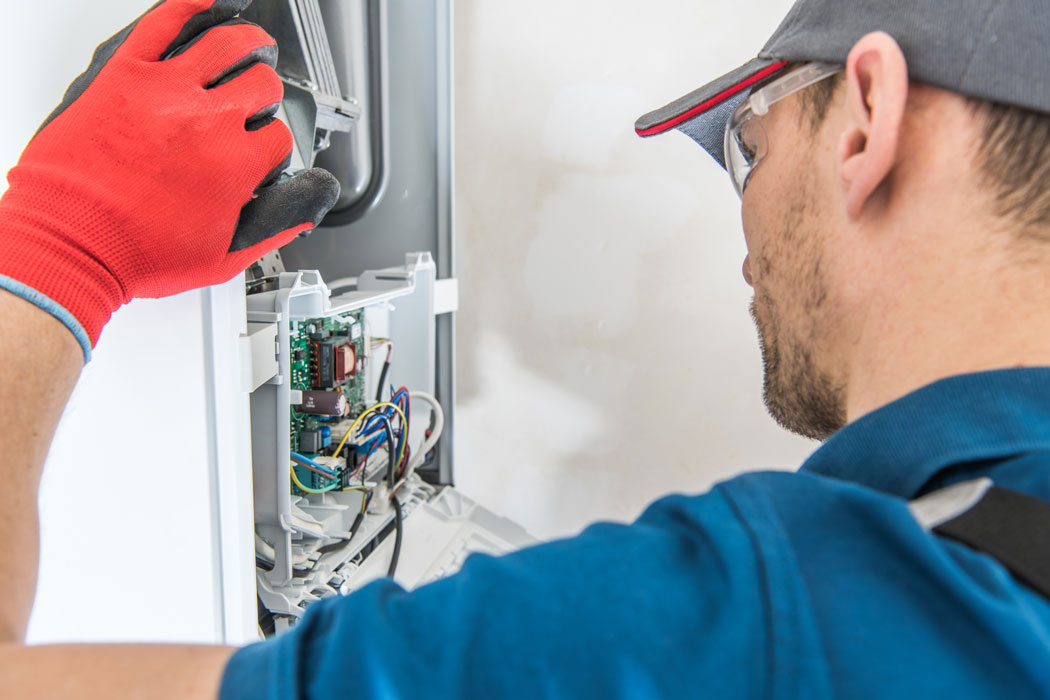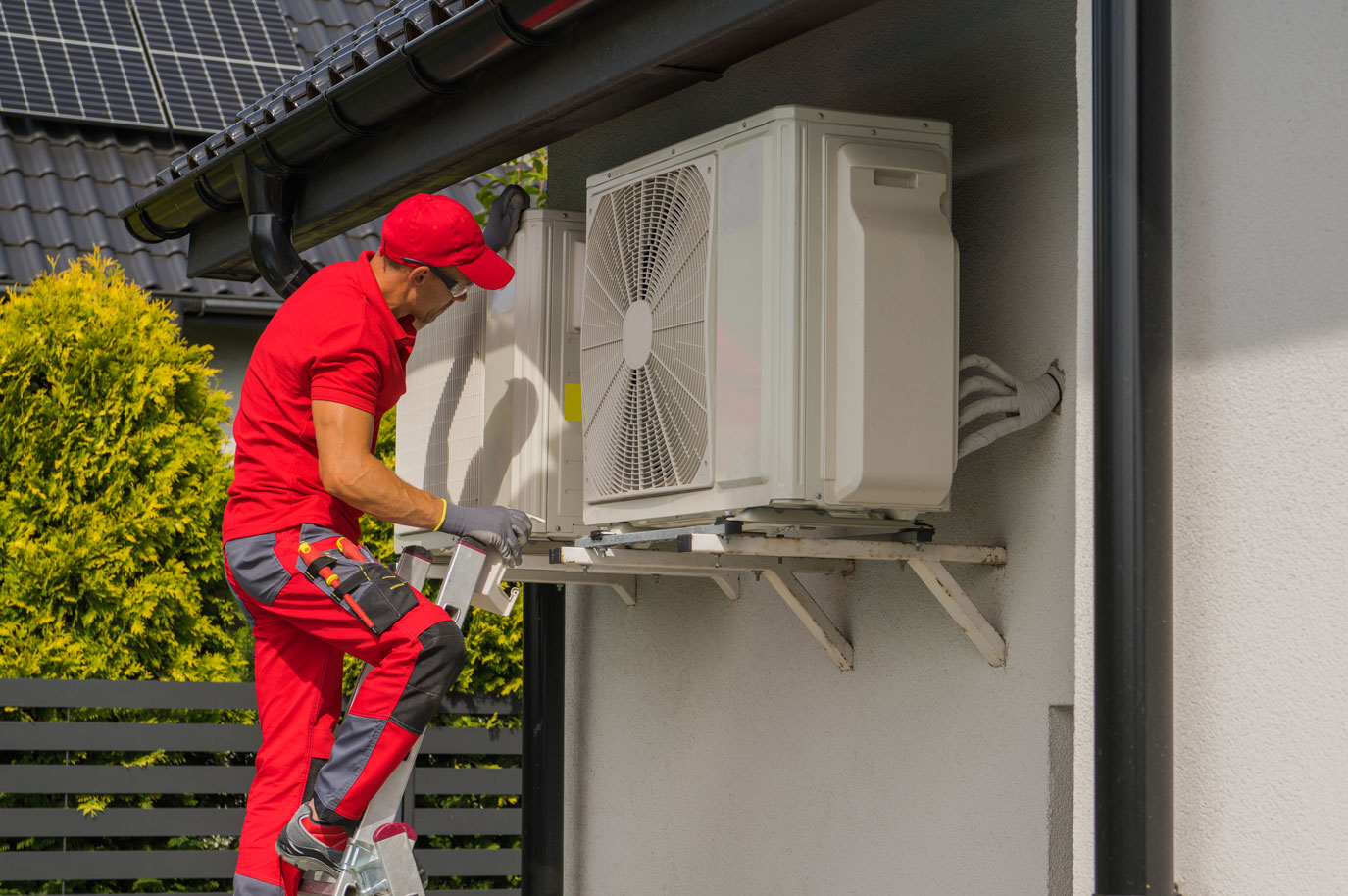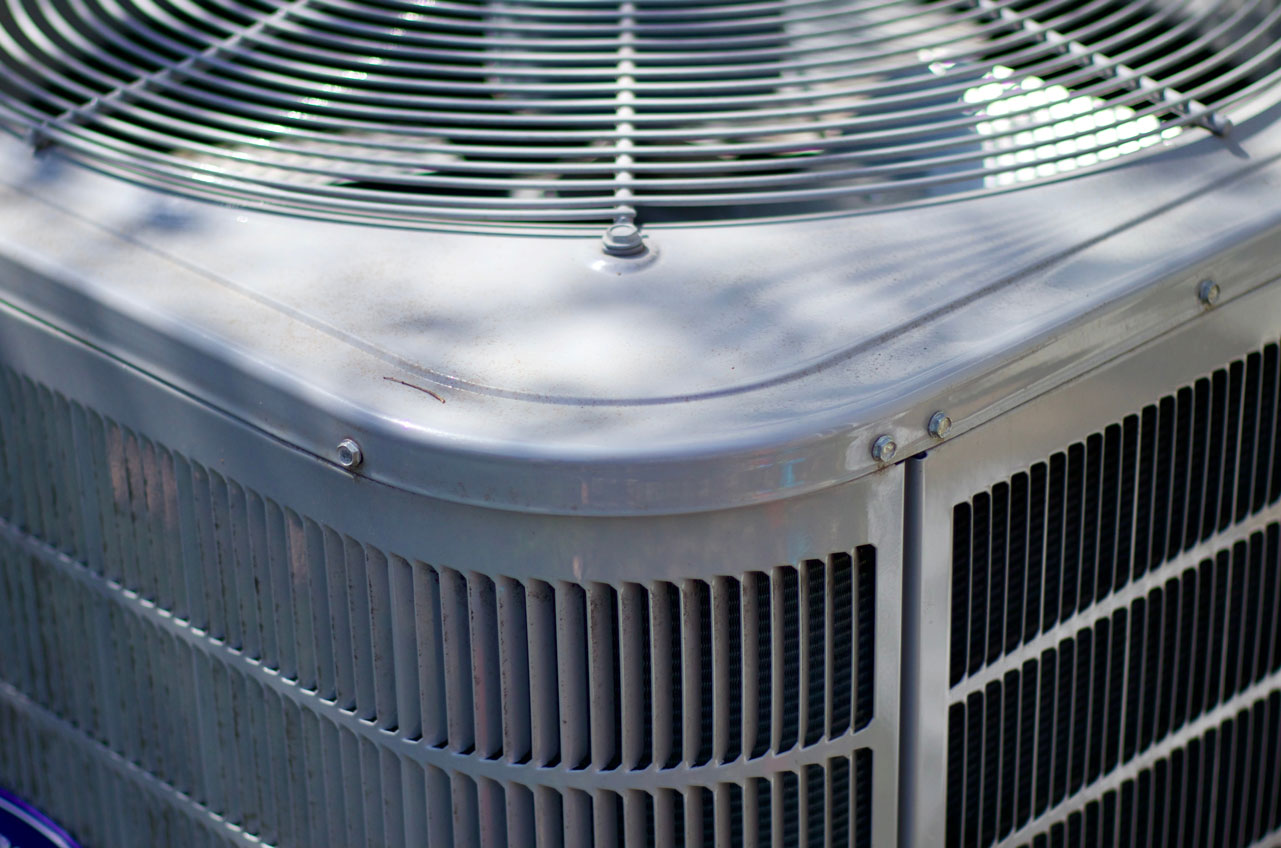Air conditioning units are an essential appliance in many households. With increased global temperature extremes, you need a system that can keep you comfortable throughout the year. There are two main types of air conditioning units available: ductless and central air conditioning units. Let’s take a closer look at each one.
Central Air Conditioning Units
Central air conditioning units are designed to cool an entire house or building through a system of ducts that distribute cool air throughout the space. They are typically more expensive to install than ductless units, but they are more efficient at cooling large spaces.
How Central Air Conditioning Units Work
Central air conditioning units work by pulling in warm air from the house through a return vent. The warm air is then cooled by the unit’s refrigerant and blown back into the house through the ducts. The cooled air is distributed evenly throughout the space, providing a comfortable temperature throughout the entire building.
Ductless Air Conditioning Units
Ductless air conditioning units are ideal for cooling specific areas or rooms in a house. These units are much easier to install than central air conditioning units because they don’t require ductwork. Ductless units consist of an outdoor compressor and an indoor unit that is mounted on a wall or ceiling. They are also more energy-efficient than central air conditioning units because they don’t experience the energy loss that occurs in ductwork.
How Ductless Air Conditioning Units Work
Ductless air conditioning units work by pulling in warm air from the room through the indoor unit. The warm air is then cooled by the unit’s refrigerant and blown back into the room through the same unit. Ductless units are designed to cool specific areas or rooms and are ideal for homes with multiple floors or rooms that are infrequently used.
Major Differences Between Ductless and Central Air Conditioning Units
The two types of air conditioning units differ in terms of installation, flexibility, efficiency, and maintenance requirements.
Installation
One of the biggest differences between ductless and central AC units is the installation process. Central air conditioning requires ductwork to be installed throughout the building, which can be a time-consuming and expensive process. Ductless units, on the other hand, require only a small hole to be drilled in the wall for the refrigerant lines to pass through, making them much easier and less expensive to install.
Flexibility
Ductless air conditioning units are designed to cool specific areas or rooms in a building, while central air conditioning is designed to cool the entire building. This means that ductless units offer more flexibility in terms of zoning and temperature control. With a ductless unit, you can set different temperatures in different rooms, which can be more energy-efficient and cost-effective.
Efficiency
Ductless air conditioning units have an advantage over central AC units. This is because ductless air conditioning requires little ductwork, which reduces energy loss through leaks and poor insulation. In contrast, central air conditioning units usually incorporate a lengthy ductwork, which may reduce efficiency. However, the efficiency of central AC units can be improved through regular maintenance of the ductwork, such as cleaning and sealing any leaks.
Maintenance
Maintenance requirements for ductless and central AC units are also different. Central air conditioning requires regular maintenance of the ductwork to ensure that it’s clean and free from leaks. For ductless units, you will need to clean filters and coils to ensure that they’re working efficiently.
Which One to Choose?
The choice between ductless and central air conditioning units largely depends on your cooling needs and budget. If you need to cool an entire house or building, then a central air conditioning unit would be the best option. However, if you need to cool specific areas or rooms, then a ductless air conditioning unit would be the ideal choice.
Don’t let the extreme weather get you down! Hometown Heating, Air & Electric is a BBB-accredited A+ company that has the expertise and knowledge to keep your home or business warm and cozy all year long. We offer heating, cooling, and electrical services in Cedarburg, WI and the neighboring communities. Contact us today to learn about our energy-star products.
